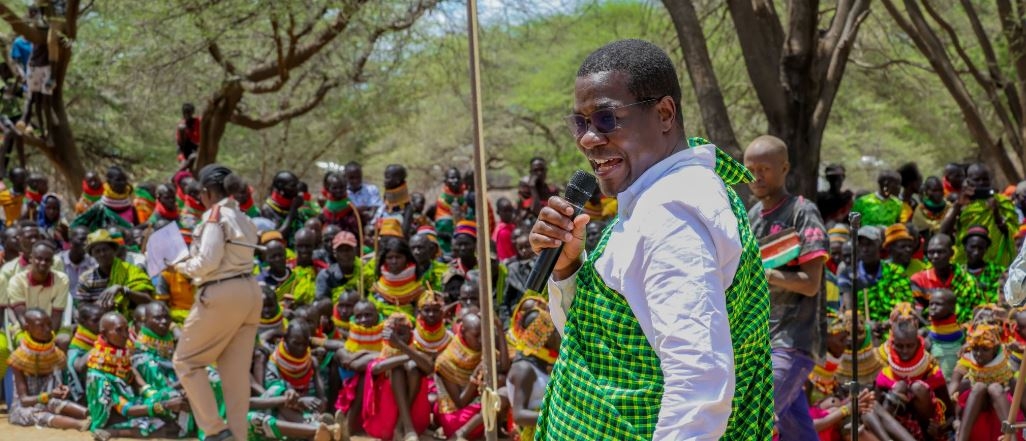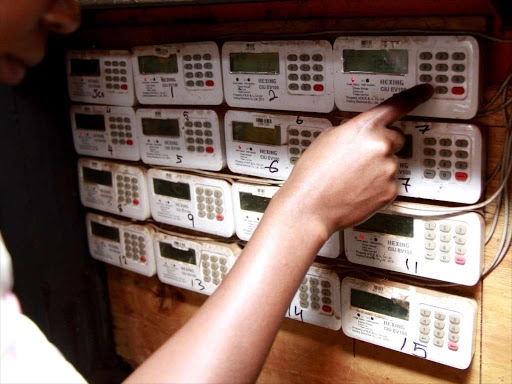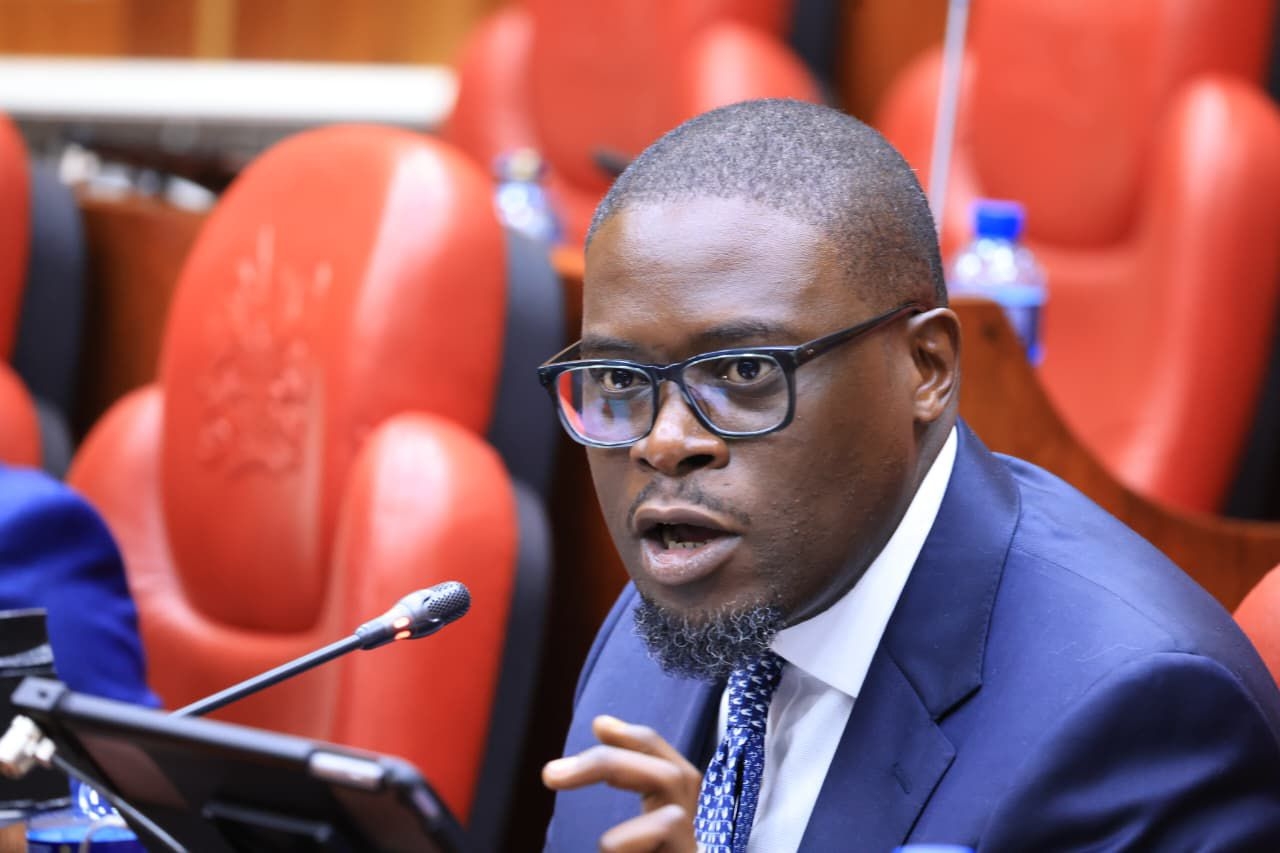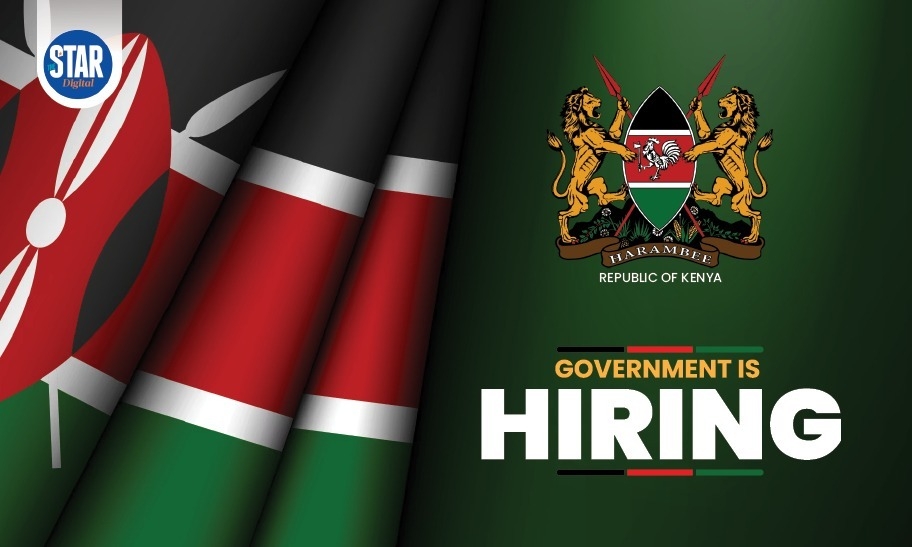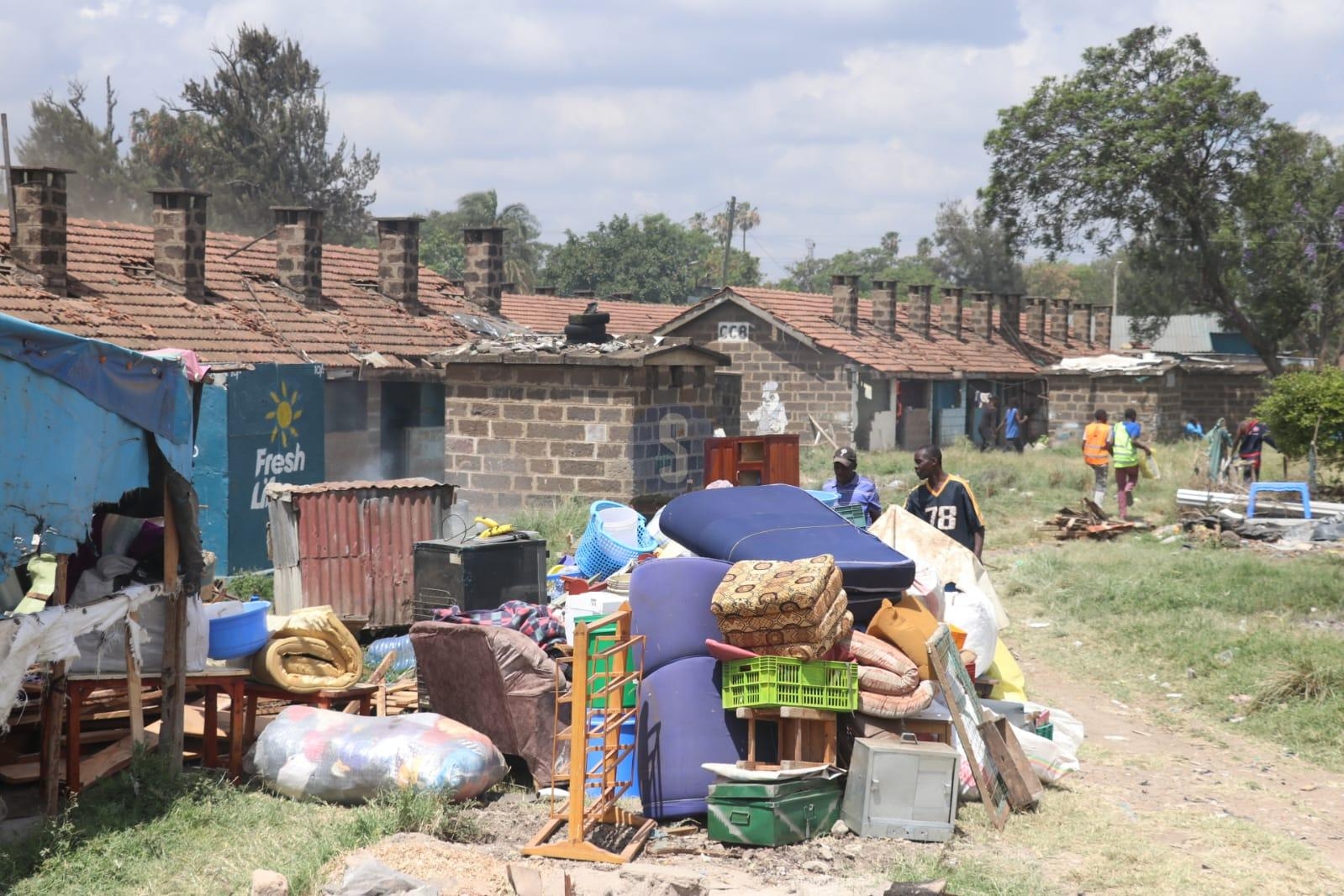The attainment of Universal Health Coverage (UHC) in Kenya just like in the rest of Africa is a still a mirage despite the investments made.
Notable strides made within a host of challenges that require a relook at the approach, packaging and anchoring of the concept, otherwise the protection and promotion of access to affordable health care as a human right will remain elusive on the continent.
This is despite the enhanced political good will and attention given to expanding health services to the citizens and currently threatened by the ravages of the COVID 19 pandemic.
In addition to challenges poised by dearth in health financing, human resource migration, and mismatch in focusing; currently approaches are premised on commercial and treatment foundations rather that investment in primary health facilities/prevention.
This came out during a speech by President Uhuru Kenyatta on the opening of the 2021 the independent Africa Health Agenda International Conference (AHAIC) Commission and the same verdict is contained in a just released report on the state of universal health coverage in Africa. President Uhuru Kenyatta in calling for shift in approach to provision of UHC, urged African countries to consider seven priority areas to anchor their health policies and programmes including greater priority is given to primary health care; increasing access to health care services; making health care more affordable; harnessing Africa’s innovative energy and creativity; strengthening health sector collaboration; improving health security and increasing political will towards UHC.
Dr. Githinji Gitahi, of Amref Health Africa noted the COVID-19 pandemic had been a blessing in disguise as it shown the endemic gaps in health systems in Africa, which has called for a relook on how people look at health provisions, calling for a strong case for the urgent achievement of UHC.
The report,– a biennial convening of health ministers, private sector leaders, civil society and representatives from multilateral organizations compiled between November 2020 and March 2021 takes stock of Africa’s progress in fulfilling commitments made by African leaders, such as the Abuja Declaration (2001), the Africa Health Strategy (2007-2015, 2016-2030) and the Addis Ababa Call to Action on UHC (2019).
According to the report, Africa’s health systems are poorly attuned to meet the health care needs of the poor, the disabled and other vulnerable groups, with coverage of essential health care services in Africa being decidedly low: only 48 per cent of the population receives the health care services they need. Quality of health care services provided in African countries is also low and is considered the poorest performing indicator of UHC.
The report also reveals that coverage of essential services needed by women and girls in Africa is low, only 49 % of African women had their demand for family planning satisfied by modern methods. This plays a great role in violating the rights of women and girls.
The report recommends several interventions to reverse the situation, including re-orienting health systems and health system priorities to respond to population health needs; prioritising primary health care as the foundation for UHC; investing in strengthening health system inputs through, for example, boosting the number of skilled health workers especially in primary health care; investing in health technologies to enhance the performance of all health system functions and strengthening governance and accountability.
Kenya recently launched the Biometric Registration for Universal Health Coverage Scheme Beneficiaries, under the management of the National Hospital Insurance Fund (NHIF) as a key progress component of the big four agenda. The Media Council of Kenya is running a project to see how the media reports the UHC project, with focus on framing, and prevailing narrative on which approach the country will best provide the UHC to citizens. Health is a devolved function and both the national and county governments have been having issues sharing responsibilities on UHC, and many counties are facing industrial action by health professionals currently.
To actualize the Constitutional provision for access to quality and affordable health, albeit ignoring to operationalize the Health Services Commission, the government of Kenya, has put in place several policy measures including the Vision 2030, the Kenya Health Policy 2014-2030 and the “Big Four” Agenda. The underlying reason for prioritizing health care provision is the recognition of the fact that without improved standards of health, our quest for prosperity and better life for our people would remain hollow.
The President acknowledged that access to health care is still a challenge for many, with out-of-pocket expenditure remaining high. Available statistics show that in 2018, over one million Kenyans were impoverished due to high health expenditures for themselves or their loved ones. Recognizing these unfortunate circumstances, which pushed the country to we, as a developed a comprehensive plan to progressively roll the UHC.
The UHC journey in Kenya started with the waiver of user fees in lower level facilities, then introduced several government-sponsored insurance programmes for the elderly, vulnerable children, people living with severe disability, pregnant women, secondary school learners, among others. This was followed by the UHC pilot phase in four Counties. The pilot UHC led to an increase in the utilization of health services, with over 1.6 million additional hospital visits made during the 12-month period of the UHC pilot phase. Key achievements of this phase include the establishment of an additional 208 community health units, staffed by 7,700 community health volunteers. These volunteers attended over 2 million clients, many of whom were served in their homes rather than having to travel to the health centre.
Government focus on improving UHC is focused on five major pillars: reforms at NHIF to ensure the country has a national social health insurer that is able to responsively meet the needs of Kenyans by strategically purchasing services for their health and wellbeing, establish a mandatory UHC scheme managed by NHIF but regulated by the Ministry of Health; adopt the Essential Health Benefits Package, which will Ksh. 6,000 per household per annum. In addition, the Government will provide health insurance cover to initially one million households who are vulnerable and unable to meet even that low cost premium, the biometric registration of the identified poor households to ensure that beneficiaries are, identified when they seek services at the health care facility and at NHIF branches, countrywide.




